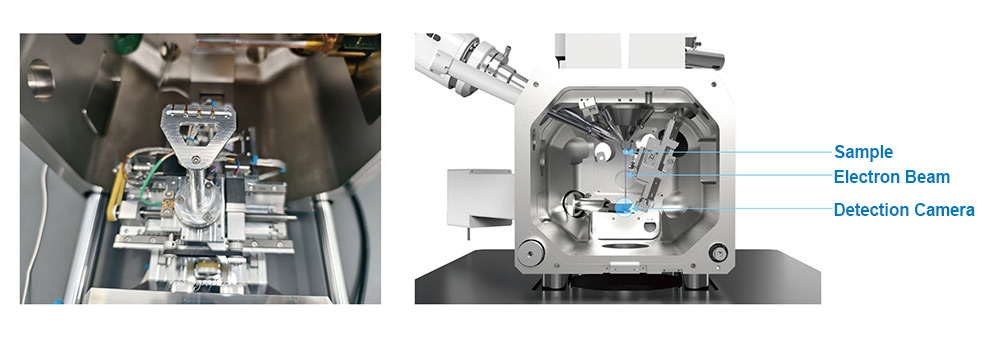Four-dimensional scanning transmission electron microscopy (4D-STEM) is one of the most cutting-edge directions in electron microscopy. By performing a two-dimensional scan across the sample surface while recording a full diffraction pattern at each scan point with a pixelated detector, 4D-STEM generates a four-dimensional dataset containing both real-space and reciprocal-space information.
This technique breaks through the limitations of conventional electron microscopy that typically collects only a single scattering signal. Instead, it captures and analyzes the entire spectrum of electron–sample interactions. With 4D-STEM, researchers can achieve multiple advanced functionalities within a single experiment, including virtual imaging, crystal orientation and strain mapping, electric and magnetic field distribution analysis (differential phase contrast), and even atomic-resolution reconstruction through diffraction stacking. It greatly expands the dimensionality and depth of materials characterization, offering an unprecedented tool for nanoscience and materials research.
At the Chinese National Conference on Electron Microscopy 2025 (Sept 26–30, Wuhan), CIQTEK releases its 4D-STEM solution, designed to break through the boundaries of traditional imaging and deliver data with unmatched dimensionality and analytical power.
System Workflow

The CIQTEK 4D-STEM solution features high spatial resolution, multi-dimensional analysis, low-dose operation to minimize beam damage, and flexible data processing, providing researchers with reliable and outstanding methods for advanced materials analysis.